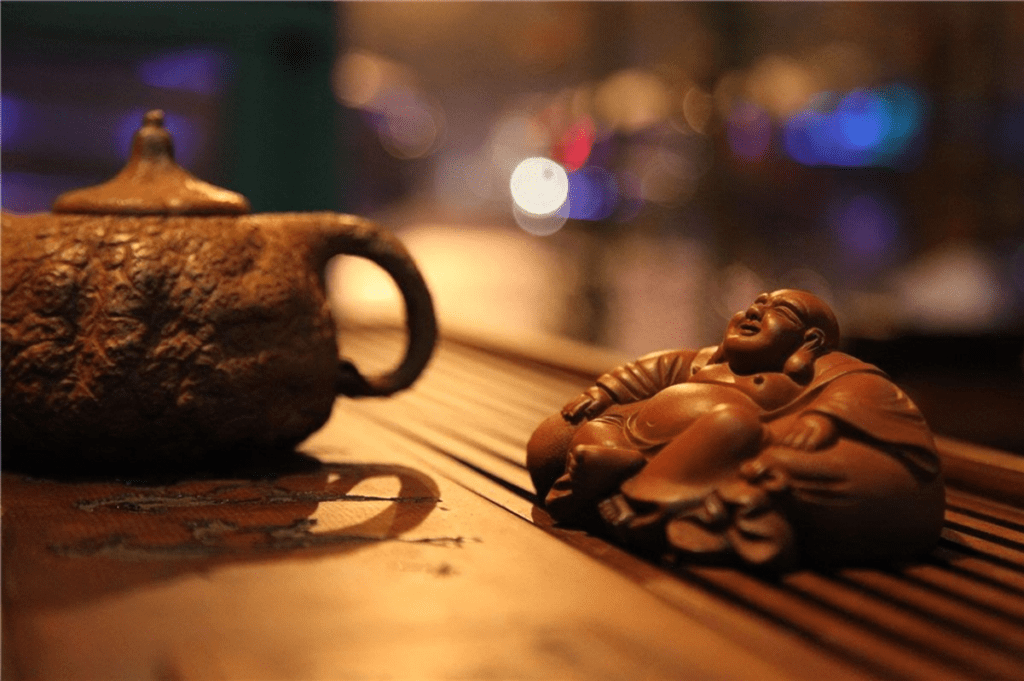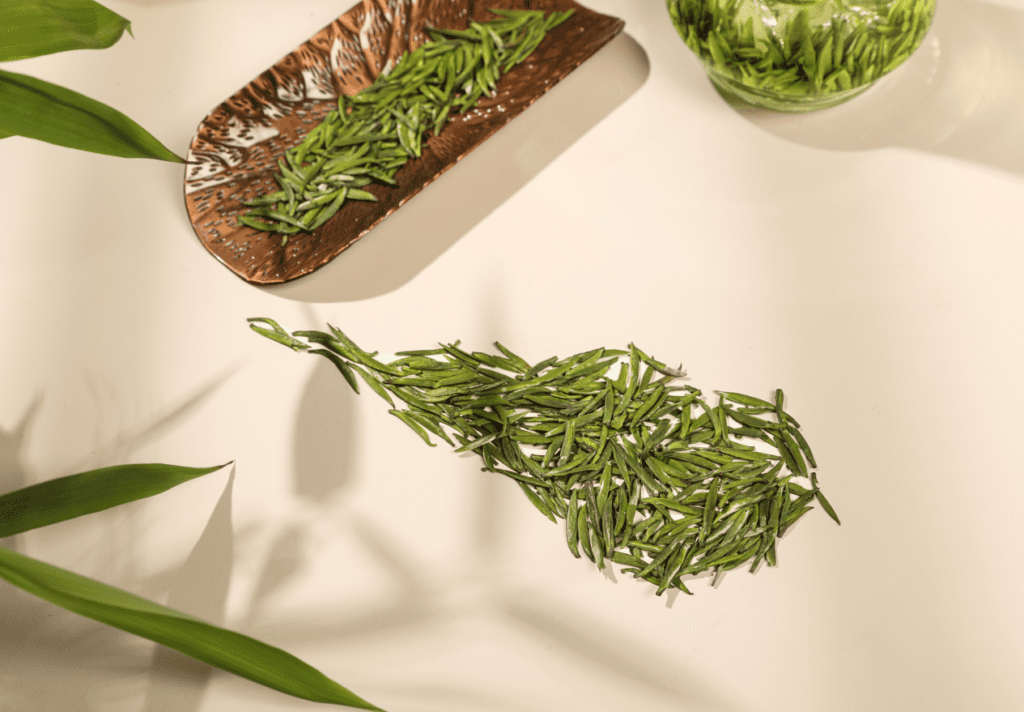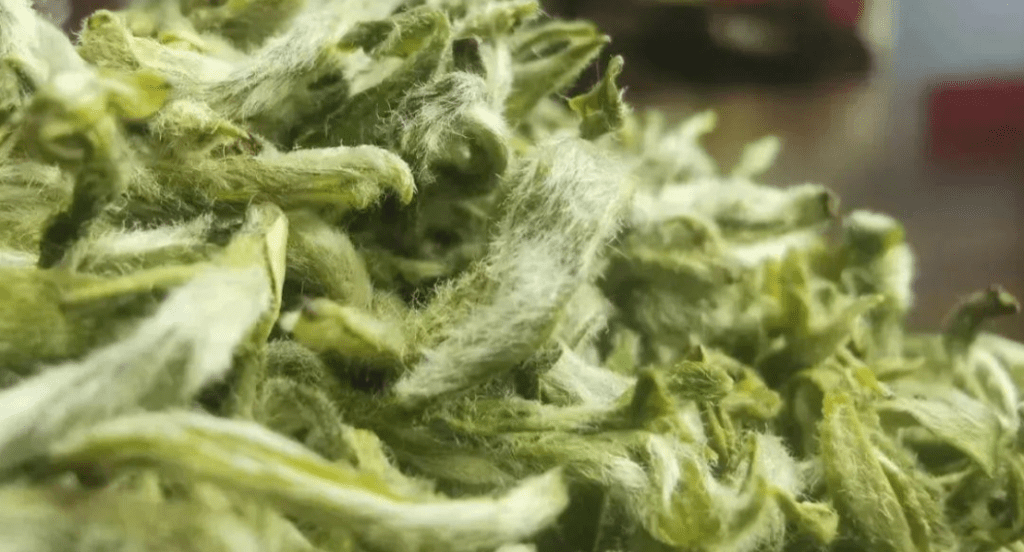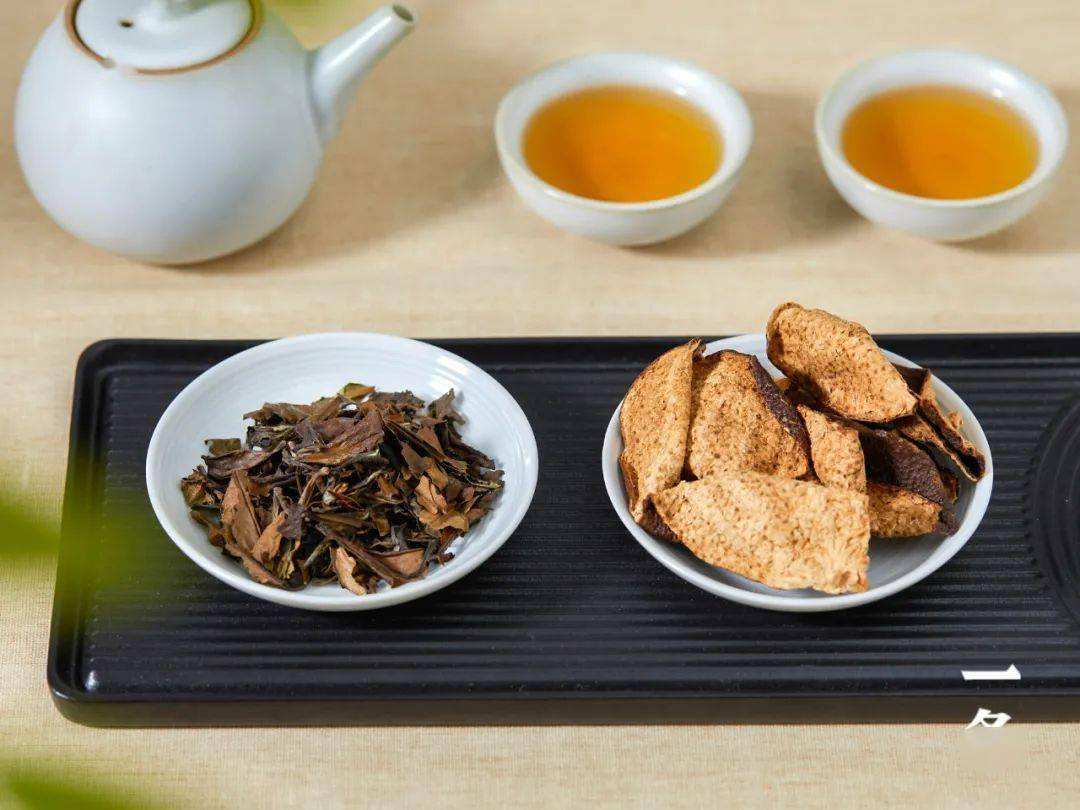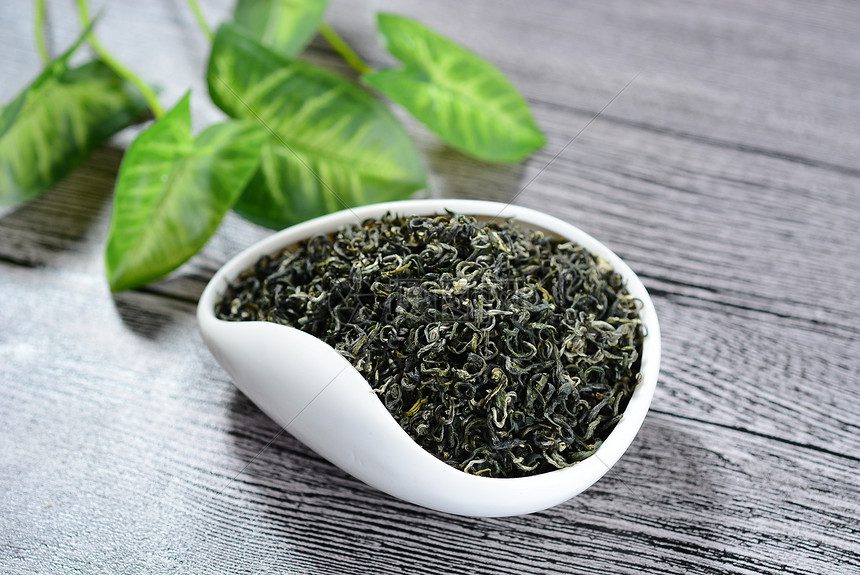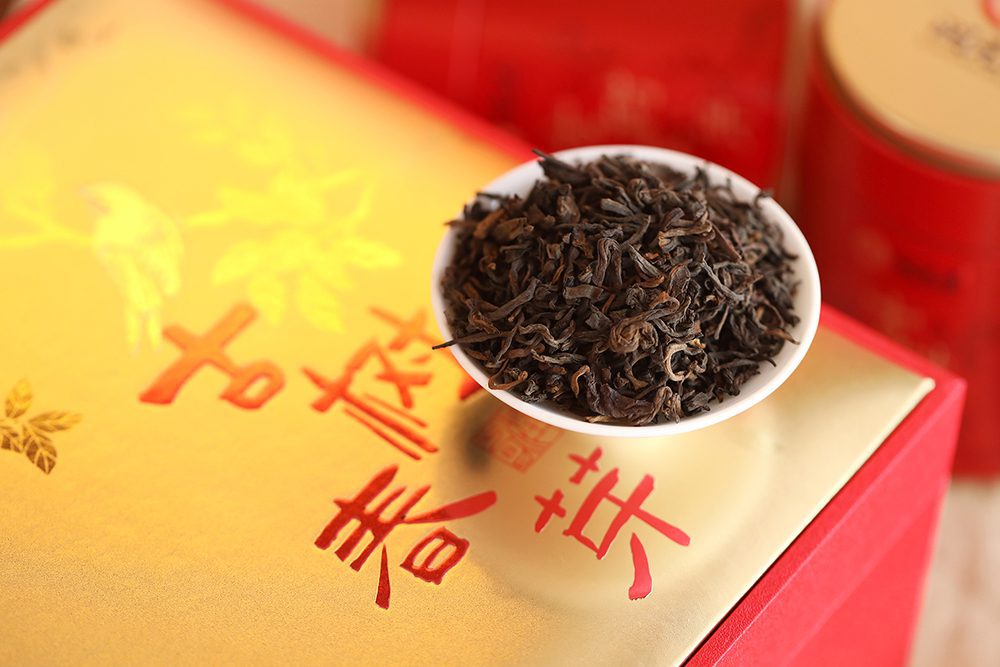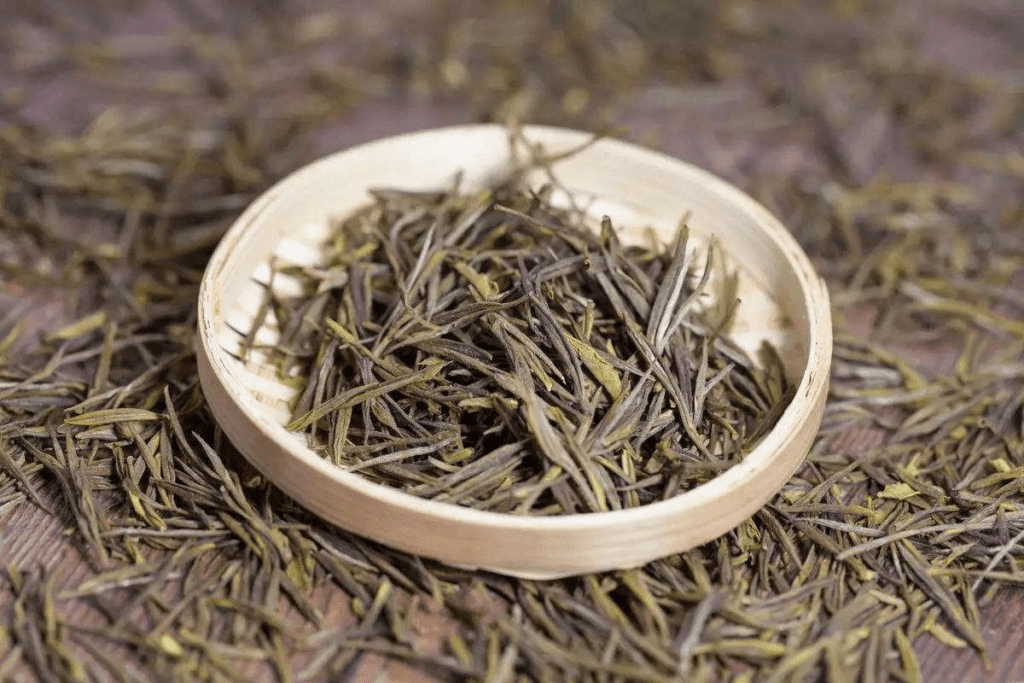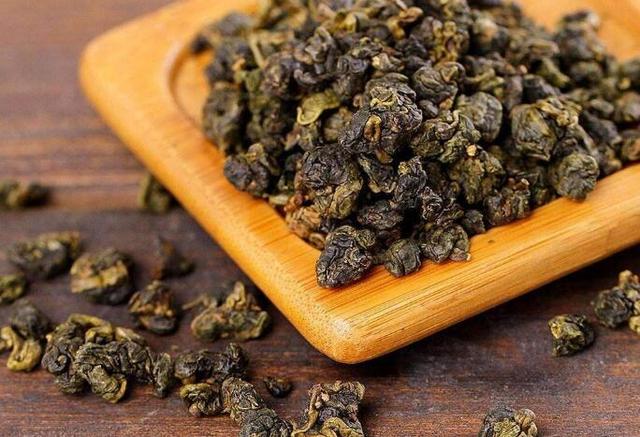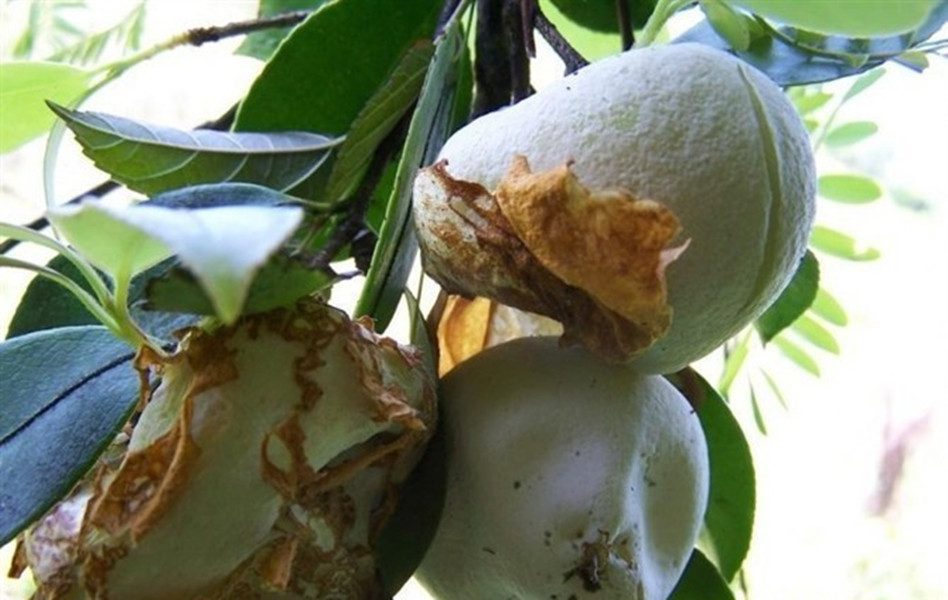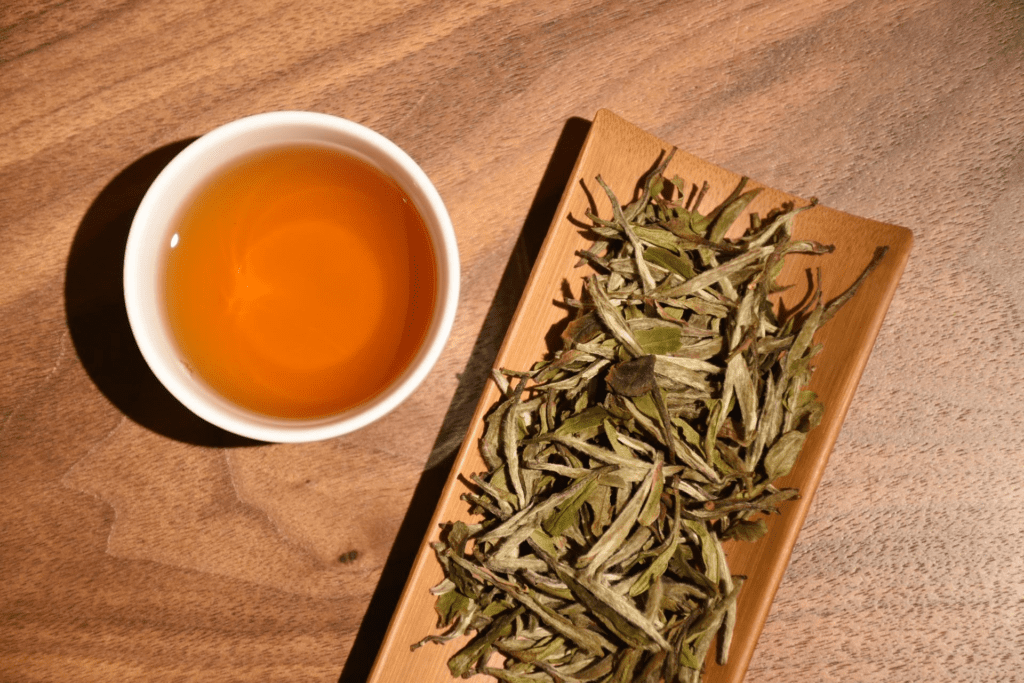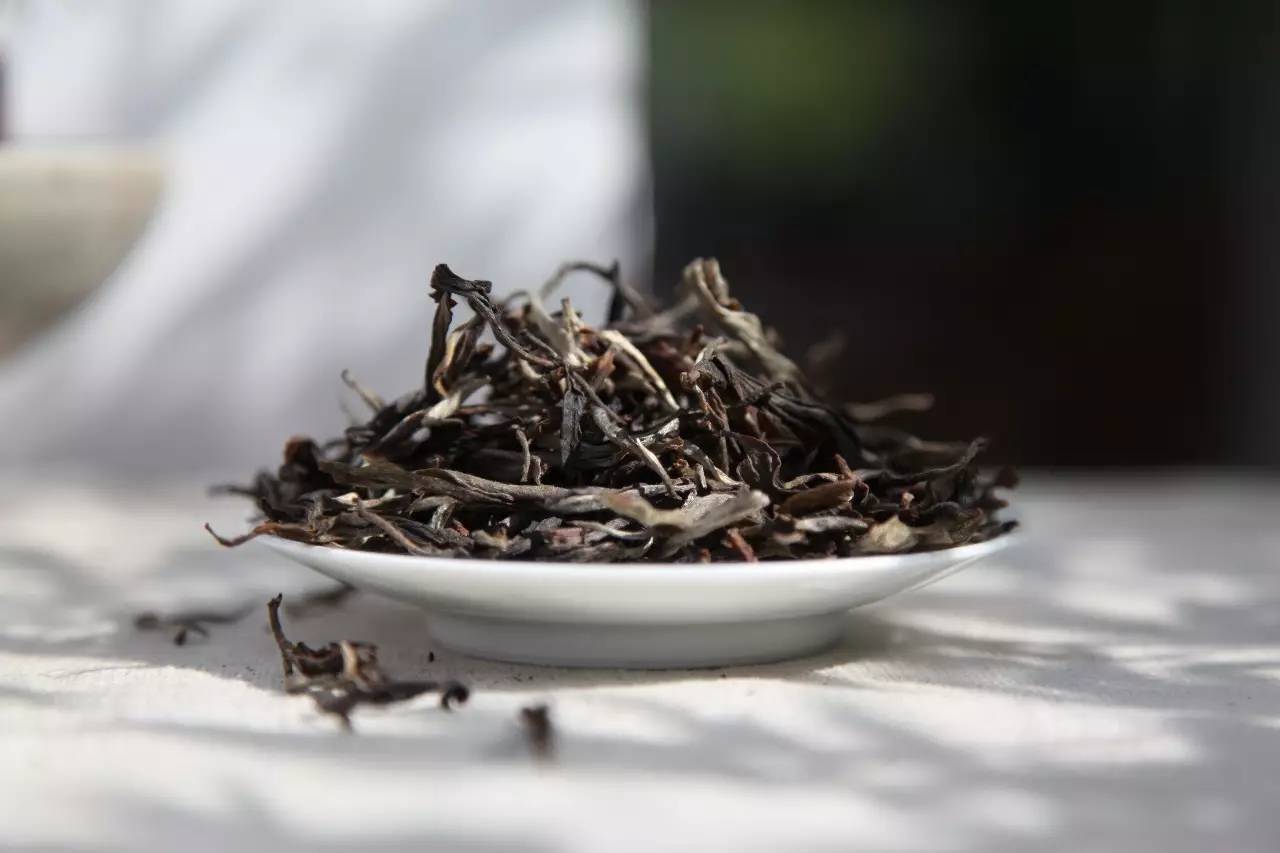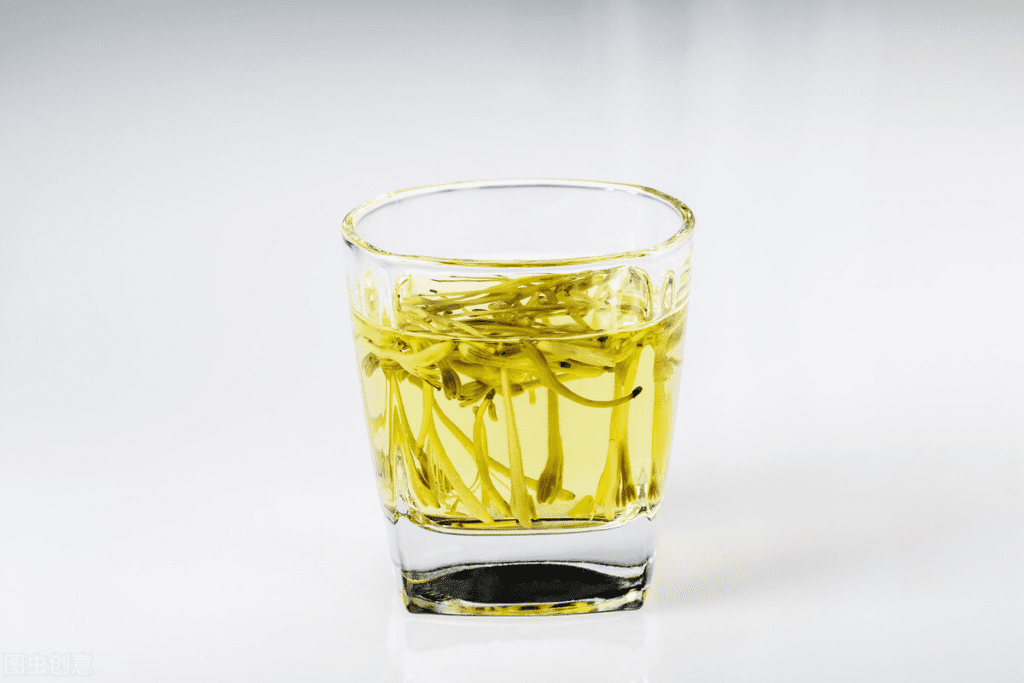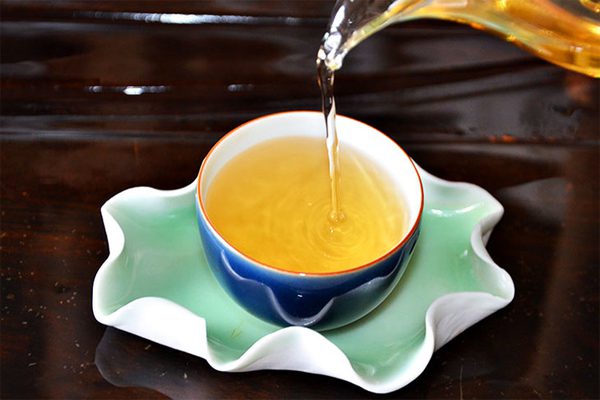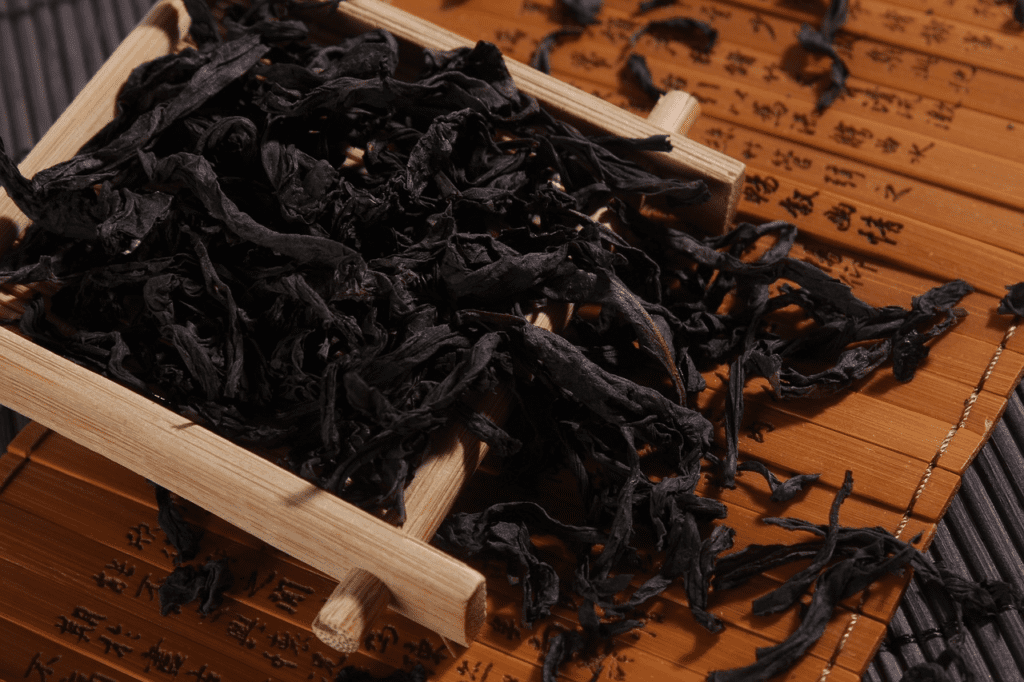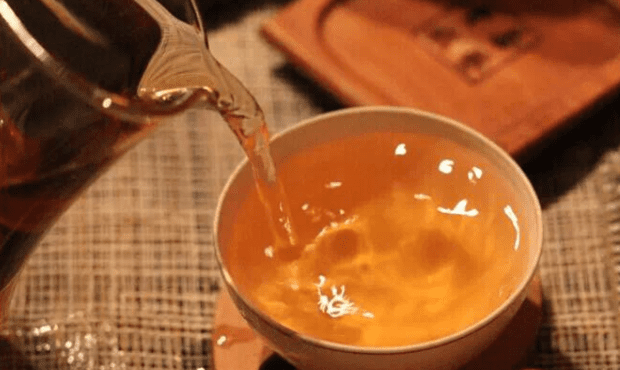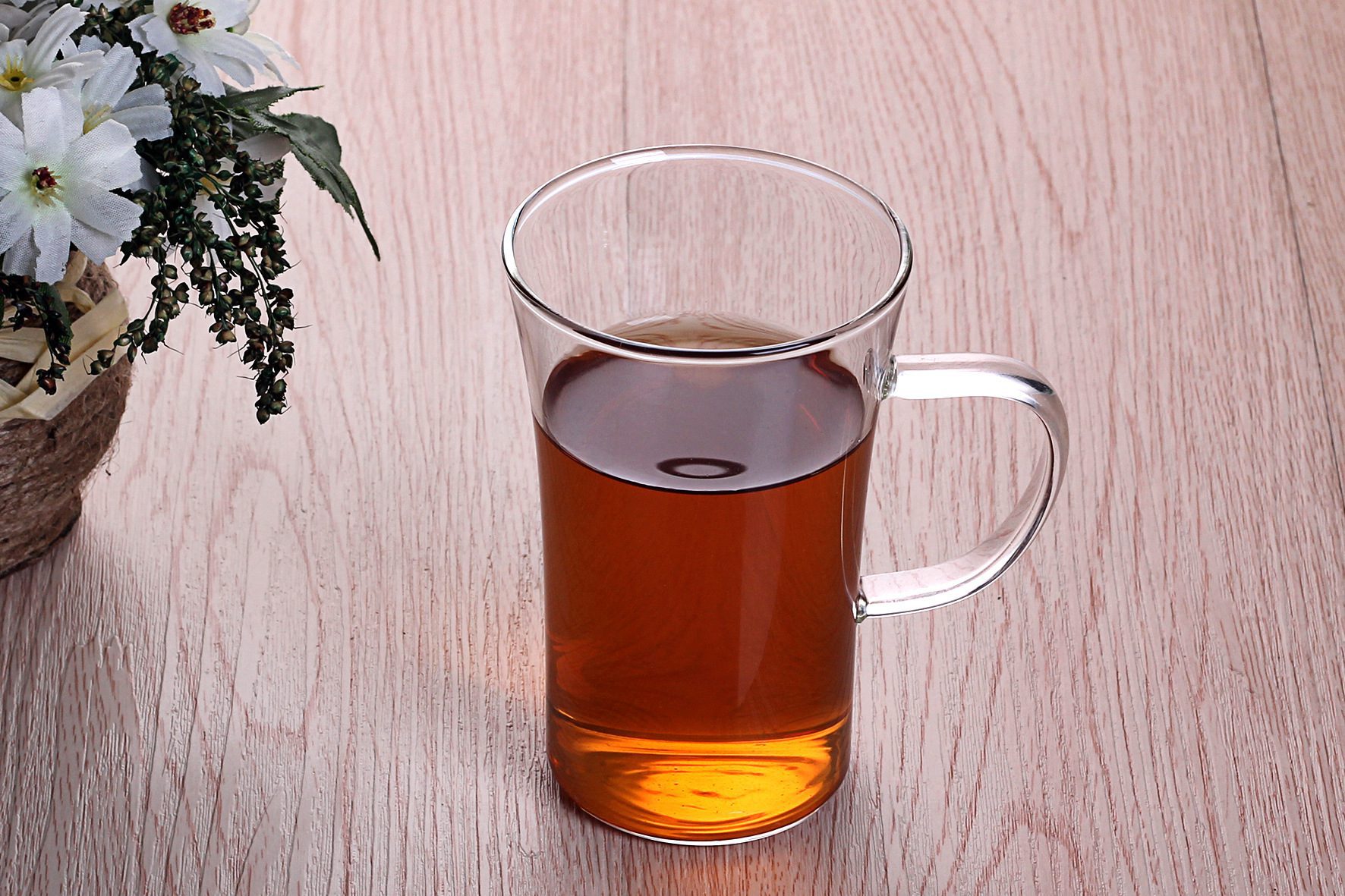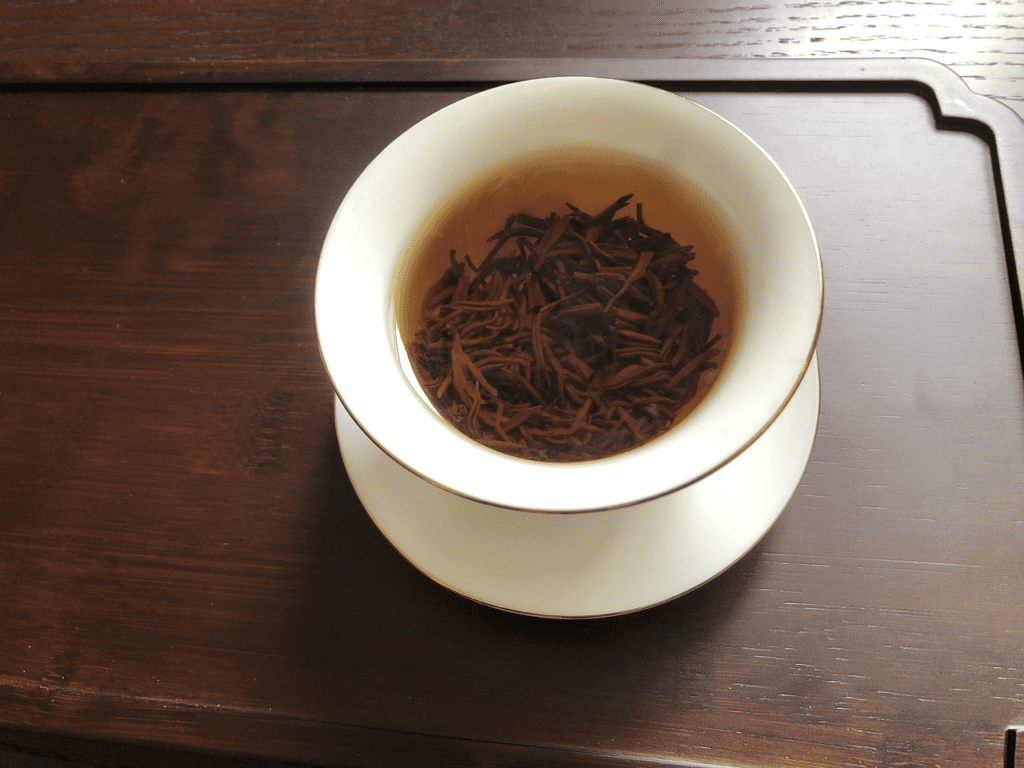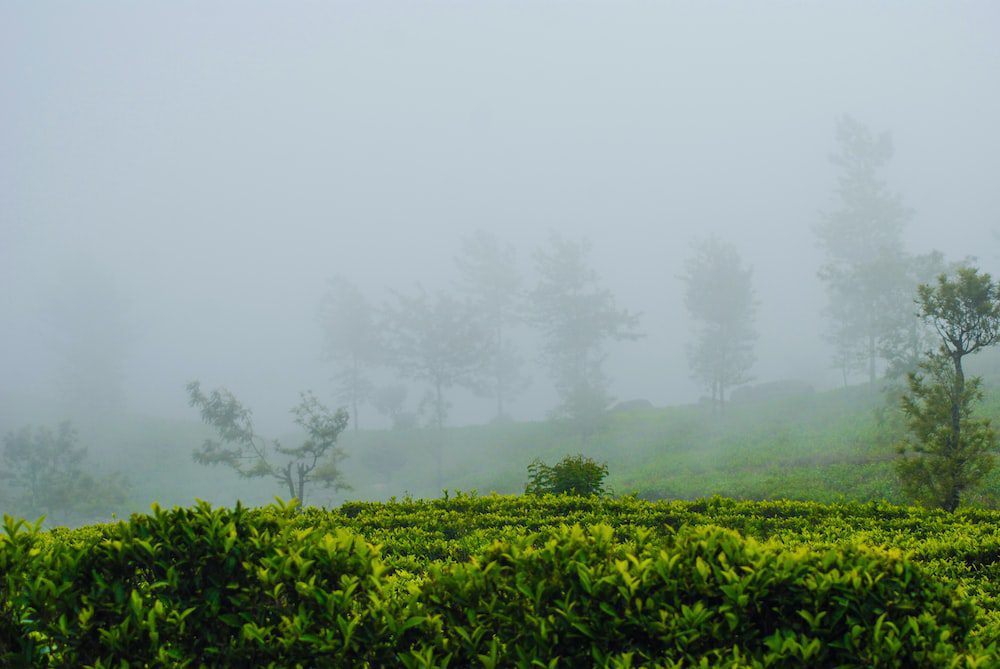Tea, the ancient beverage, not only carries deep cultural significance, but its brewing process is an exquisite chemical and sensory journey. This article will take you into the world of tea brewing, revealing the science behind it and how to enhance the quality and flavor of tea through brewing techniques.
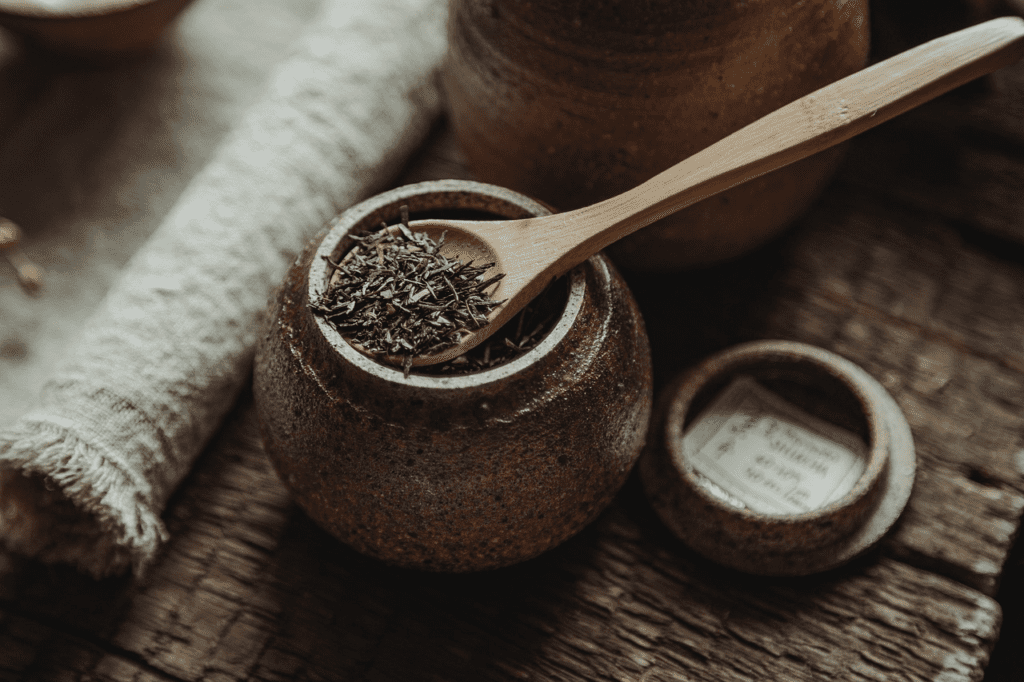
Chemical composition of tea
The chemical composition of tea is very complex and contains a variety of compounds that affect the color, aroma and taste of tea broth. Among them, polyphenolic compounds, caffeine, amino acids and saccharides are the key factors affecting the quality of tea broth.
Changes in the brewing process
When tea leaves meet hot water, a chemical reaction begins. Polyphenolic compounds begin to oxidize under the action of hot water, forming theaflavin and thearubigin, and these pigment changes directly affect the color of the tea broth. At the same time, the caffeine and amino acids in the tea leaves gradually dissolve into the water, adding bitter and fresh flavors to the tea broth.
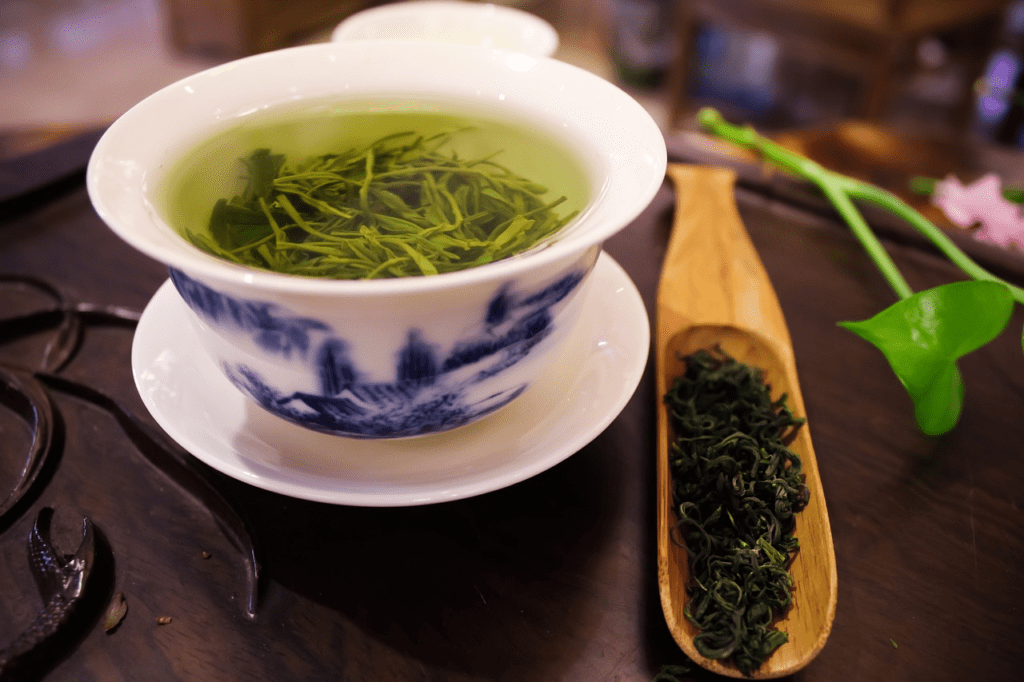
In addition, the sugars in tea leaves dissolve in hot water, providing a sweet flavor to the tea broth. And the aromatic substances in tea leaves, such as terpenes, are stimulated by hot water to release an attractive aroma.
sensory experience
The chemical changes during tea brewing directly affect our sensory experience. Color, aroma and taste are the three main elements in evaluating the quality of tea broth.
Color: The color of the tea broth gradually changes from clear and transparent at first to yellow, orange or even red, which is closely related to the degree of oxidation of polyphenolic compounds.
Aroma: The aroma of tea broth is gradually enriched with the hydrolysis and oxidation of polyphenolic compounds, from fresh botanical aroma to rich fruity, floral, and even baking aroma, the change of aroma adds infinite fun to tea tasting.
Taste: The taste of the tea soup starts from light and gradually becomes mellow. The balance of bitterness, sweetness and freshness is the key to evaluate the taste of a tea.
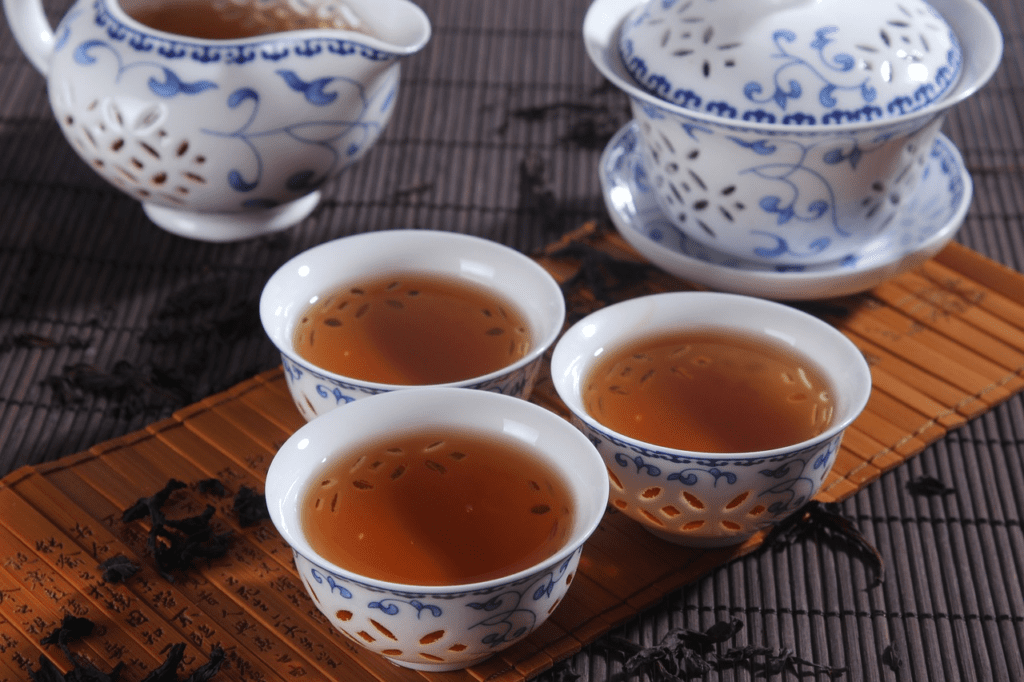
Soaking Tips
Steeping techniques, including water temperature, steeping time and the amount of tea leaves used, affect the rate and degree of dissolution of the chemical components in the tea, and thus the sensory experience of the tea.
Water temperature: Different teas are suitable for different water temperatures. Green tea is suitable for lower water temperature (about 80°C), while black tea and oolong tea are suitable for higher water temperature (about 95°C). The temperature of the water will directly affect the dissolution of the chemical components in the tea leaves, which in turn affects the flavor of the tea.
Steeping Time: The length of the steeping time will affect the degree of dissolution of the chemical components in the tea. Too short a steeping time may lead to a lack of flavor, while too long a steeping time may make the tea too bitter.
Amount of Tea Leaves: The right amount of tea leaves will ensure the consistency and flavor of the tea broth. Too much or too little tea leaves will affect the taste and aroma of the tea.
concluding remarks
Tea brewing is not only a technique, but also an art. By understanding the chemical changes in the tea brewing process, we can better master the brewing techniques and enhance the quality and flavor of tea. Tea, this ancient beverage, not only carries a deep cultural significance, but also a kind of art of life.
Through this article, we hope to inspire you to a deeper understanding and love of tea, so that you can not only enjoy the delicious taste of tea, but also appreciate the charm of tea culture in the process of tasting tea.
